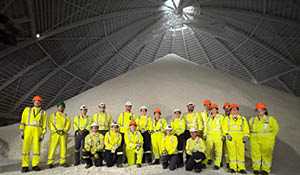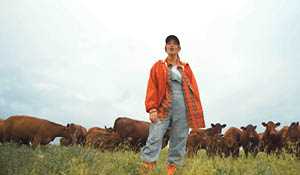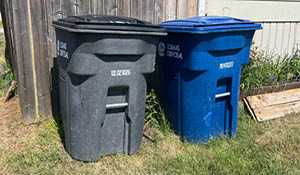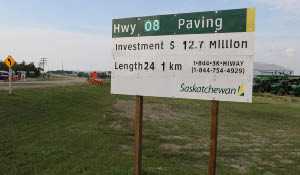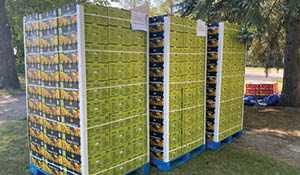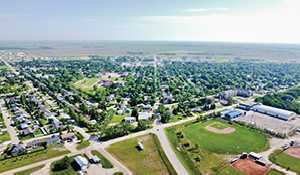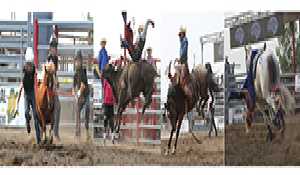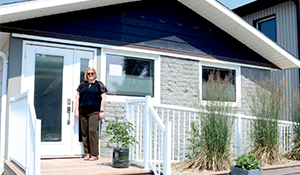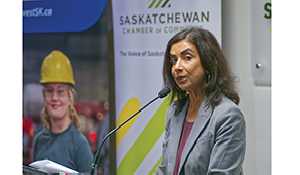Magnitude 3.3 earthquake felt in Esterhazy area on August 1
August 11, 2025, 10:08 am
Ryan Kiedrowski, Local Journalism Initiative Reporter
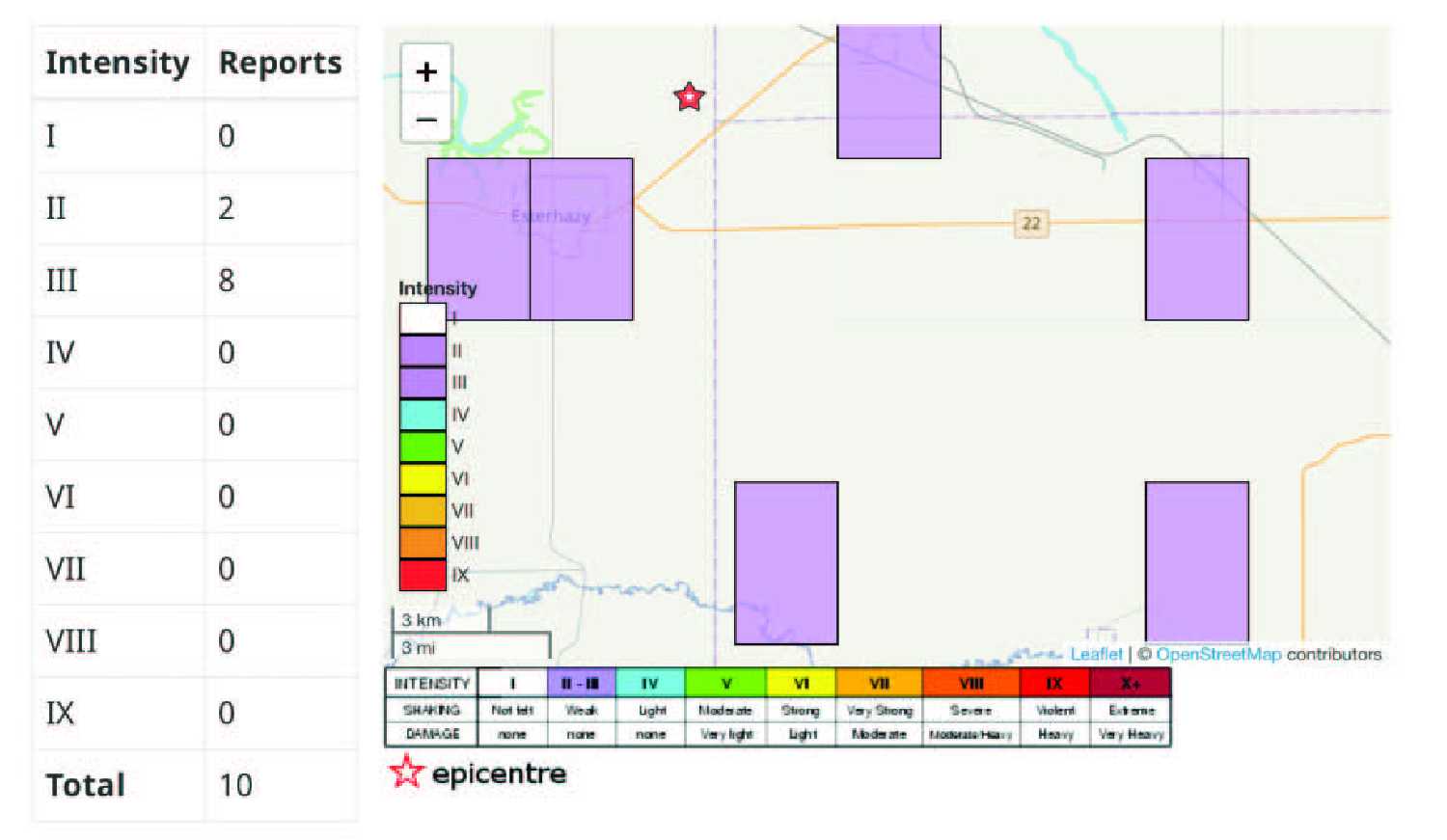

On the evening of Aug. 1, people in the Esterhazy area reported feeling an earthquake. The quake shook people’s houses, scared their pets, and sloshed the water in their swimming pools, with many saying they thought something had hit their house or a tree had fallen in their yards.
The earthquake was 3.3 in magnitude occurring with an epicentre between Esterhazy and Yarbo, approximately 0.5 km below ground.
“At this time, it’s understood that the tremor was related to underground mining activity—something not uncommon in a strong and active mining community like ours,” said Esterhazy Mayor Randy Bot. “Esterhazy is proud to be home to one of the world’s richest potash deposits, and with that comes occasional ground movement. These events are closely monitored by the mining companies and regulatory bodies to ensure safety remains the top priority.”
On average, over 4,000 earthquakes happen every year in Canada, the majority being less than a magnitude 3 and not even felt.
“We’ve experienced similar tremors in the past, and there is no indication at this time that there is any cause for concern,” Mayor Bot said. “Living in a prosperous mining town means we sometimes feel the pulse of the industry beneath our feet. As always, we appreciate the care and attention our mining partners take in their operations, and we remain confi dent in the safety protocols in place.”
According to Earthquakes Canada, 10 reports were received from residents in and around Esterhazy, Yarbo, Gerald, and Tantallon. As Dan Babyak noted, some people didn’t even notice the tremors that shook below their feet while others were shocked by them.
“There’s people that were outside in their backyards who never felt anything,” said the Esterhazy resident. “We were sitting on the deck and it shook our house. My wife was inside, and she thought somebody had run into the house because there was a bang!”
The quake brought back memories for some of a similar event some four decades earlier.
“It was loud, and we thought one of our big trees had fallen on the house,” said Bonnie Presiloski. “Last time we felt something like this was more than 40 years ago in Yarbo and that was a 3.9 quake.”
Loreen Janette Nagy was close to the epicentre. “We felt it at our place west of Yarbo. The biggest one we have ever felt,” she said.
“It almost splashed water out of our pool,” said Darryl Campbell.
Exact cause of the quake not known
Located southeast of the earthquake’s epicentre is the Esterhazy K3 potash mine, which was assumed to have played a part in the event. However, Mosaic says there were no notable activities to draw a direct link during that particular workday.
“On Friday, August, 1, at approximately 7:30 pm there was a seismic event near Esterhazy, and that included Mosaic Esterhazy operations,” Marnel Jones, Director of Government and Public Affairs for The Mosaic Company, told the World-Spectator. “After the event, we completed all of our usual safety checks and inspections without any notable fi ndings. We continued operating as usual that evening, and had an ‘all clear’ in place by about 10:30 pm.”
No damage was reported as a result of the quake, and as Jones explained, it would take a sizeable earthquake to impact their operation.
“We mine the Prairie Evaporate Formation, one of the best potash ore bodies in the world,” she said. “Due to its geological makeup, seismic activity is pretty normal and common. The last notable activity was back in 2021 and before that, 2018. For us to see any signifi cant structural impact, we would have to be reaching more of a 6.0 magnitude. And quite frankly, the buildings and infrastructure are engineered with seismic loading incorporated into the design.”
The strongest earthquake recorded in Saskatchewan happened on May 19,1909 near the border of Montana and North Dakota, which topped a magnitude of 5.5.
“To date, we’ve really experienced very little impact to our operations besides power outages which occur when things get tripped, which is what’s supposed to happen in an event like that,” Jones said. “The act of mining itself doesn’t necessarily cause seismic events, but mining-induced seismic activity can occur from the salt removal and injection activities that are happening in the area. But this specific event, there was nothing notable with Mosaic operations at that time to report.”
Jones added that Mosaic keeps a close eye on what’s shaking beneath the surface.
“We monitor seismic activity nationally, and you can see that anytime online,” she said. “It’s actually quite interesting to see what’s happening around us at any given time across Canada.”
As of Aug. 6, the offi cial cause of the seismic activity is mining activity related.
“They (Mosaic) had confirmed to us this morning that it was mining related,” said Allison Bent, a Research Seismologist from Earthquakes Canada. “We suspected it at the beginning, but until we hear from the mine, we can never say for sure because even though Saskatchewan has very, very few natural earthquakes, smaller quakes can happen everywhere.”
What exactly triggered the quake is not known at this point, and may never be fully understood according to Bent.
“It may be something that they (Mosaic) were doing a few days prior to that, and not at the exact time,” she said. “Usually it’s related to current activity, but the earth can slowly rebound or move after things happen, that’s why we have aftershocks after a big earthquake sometimes; it hasn’t fully adjusted. It’s possible that something triggered it, but usually it would be related to current activity.”


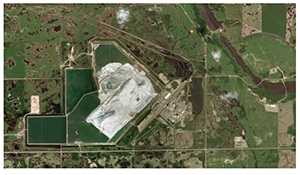
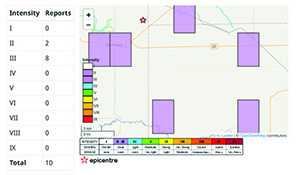





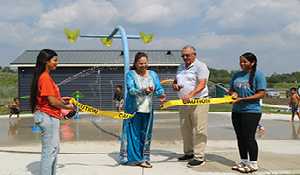

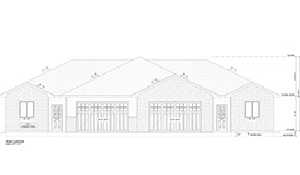
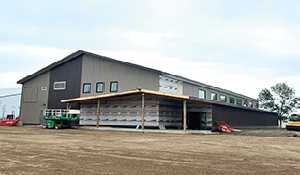
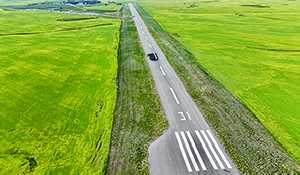

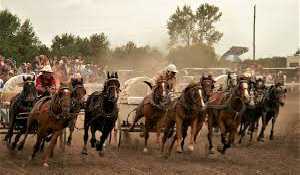
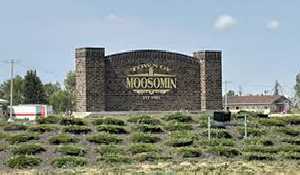

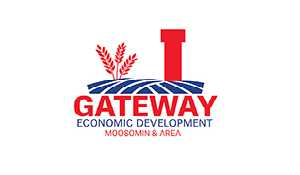
sm.jpg)


